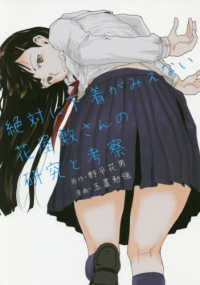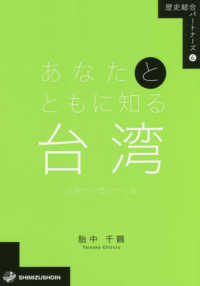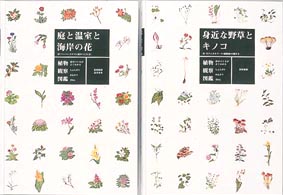- ホーム
- > 洋書
- > ドイツ書
- > Humanities, Arts & Music
- > Humanities
- > general surveys
Description
(Text)
János Géczi offers a unique approach to the history of the "journey" the rose made from his ancient homeland to "invade" the whole planet, and by explaining this long and interesting trip, he reveals the metamorphoses of the flower during this way, as well as the different meanings and customs that were attributed and connected to the rose. Beyond concrete information and the "material" modifications of the flower and its visual and verbal image in time and in space, it is also of major significance what kind of approaches and evaluations different religions beliefs attributed to the plant. Conclusively the extreme richness how it was applied in art, in literature, and in music, refers also to the changing meaning of the flower in the history of thinking.
(Short description)
János Géczi offers a unique approach to the history of the journey the rose made from his ancient homeland to invade the whole planet, and by explaining this long and interesting trip, he reveals the metamorphoses of the flower during this way, as well as the different meanings and customs that were attributed and connected to the rose. Beyond concrete information and the material modifications of the flower and its visual and verbal image in time and in space, it is also of major significance what kind of approaches and evaluations different religions beliefs attributed to the plant. Conclusively the extreme richness how it was applied in art, in literature, and in music, refers also to the changing meaning of the flower in the history of thinking.
(Text)
Some one hundred rose species exist in the world, but only four of these were once in daily use in Mediterranean civilizations. They were white or pink, they had a bushy form, and they usually blossomed once a year. They were used for medicinal-hygienic, dietetic and sacral purposes. This book surveys the roses that played a role in various cultures of the eras between the second millennium BC and the 4-5th centuries AD, providing a history of both the botanicallybased views of them and those that boldly eschewed that framework. Touching on the rose images of earlier and later eras as well, it focuses on two main domains: the histories of botany and symbols. The uniqueness of this volume lies in this double perspective. It appears that the story of the rose can most lucidly be told by considering everyday activities, with survival and reproduction becoming the focal points around which a pattern of ideas about the rose emerges.
(Author portrait)
Géczi, János
János Géczi (1954) is a researcher and teacher of cultural history at the University of Pannonia, Veszprém, Hungary. His main interest is the history of European mentality, especially as related to the rose, a civilizational plant that has been part of everyday life for four millennia. In the past two decades, the author has published numerous studies and monographs about this exciting theme, presenting it from the point of view of life science, literature, fine arts and the history of religion.








